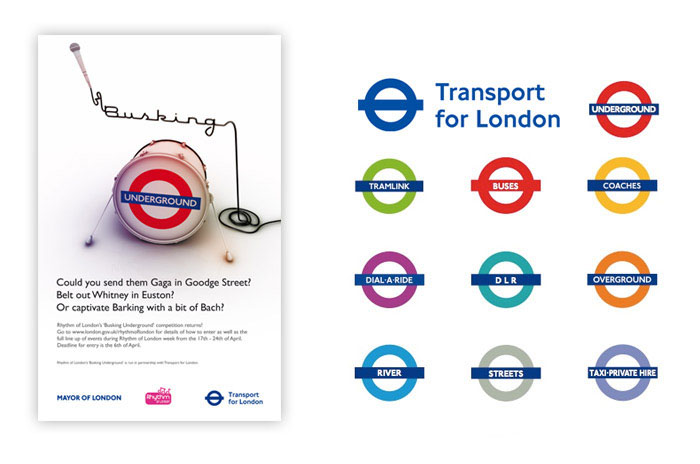11.5Consolidating the Brand Architecture
No matter what your product is, you are ultimately in the education business. Your customers need to be constantly educated about the many advantages of doing business with you, trained to use your products more effectively, and taught how to make never-ending improvement in their lives.Robert G Allen, investment advisor, 1948-

Once you have finished the arduous process of brand development and approval, it is essential to document and consolidate the various elements generated by your brand process into a single resource, often referred to as a design or branding guide.
This document essentially reflects everything someone representing the brand needs to know. Although there are specificities to different systems, most branding guidelines for public transport systems include the following:
- Basic elements: This is your logo and symbols in all the forms they can be used, and guidance on when certain logos should and should not be used. This also includes typography and colors;
- Print materials: Any standard print materials such as posters, brochures, timetables, notices, and window displays. It is best to provide templates for these whenever possible;
- Architecture and signs: External signs, platform signs, station equipment, service notices, and advertising spaces;
- Liveries and lettering: For buses, this includes uniforms and any standards around them;
- Road vehicles: Liveries and branding for official vehicles other than BRT vehicles, such as maintenance vehicles, that may use the busway;
- Stationery: Letterhead, business cards, and forms for official communications;
- Miscellaneous: Anything that will carry your brand not mentioned above.